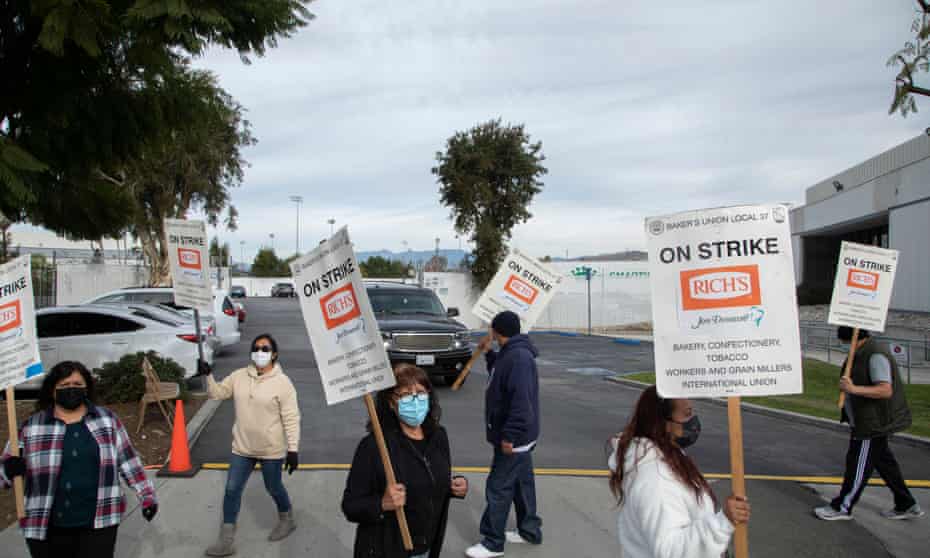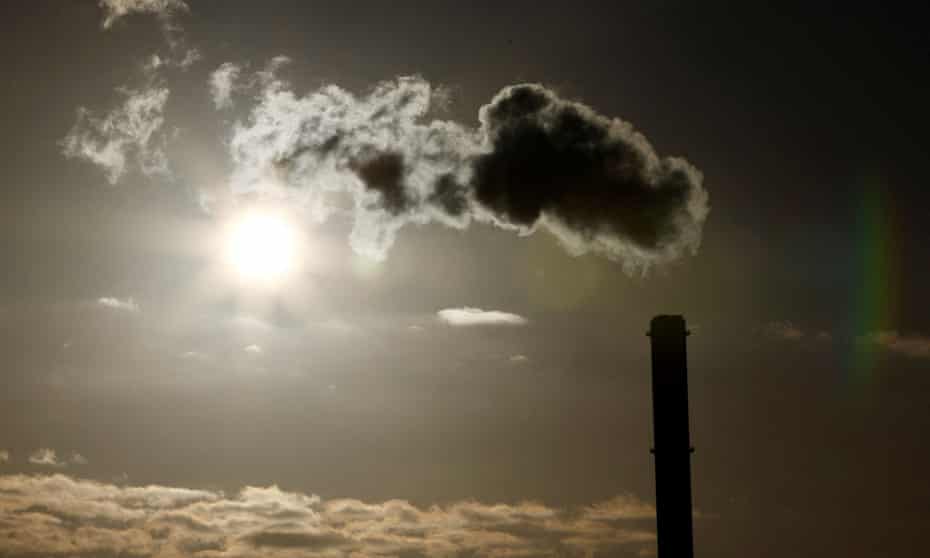Yukon Energy signs 40-year agreement to buy hydro power from Indigenous-owned energy corp in B.C.
Agreement is subject to conditions, including federal
funding of $150 million for hydro expansion project
Yukon Energy has entered into an agreement with Atlin, B.C.'s Tlingit Homeland Energy Limited Partnership to buy renewable energy from its proposed $206-million hydro expansion project for 40 years beginning in late 2024.
"It's a pretty significant deal for us," said Andrew Hall, president and CEO of Yukon Energy. "[It] gives us certainty around the details of how we would purchase the power, what price we pay."
He said Yukon Energy will pay less or the same amount it would otherwise pay for electricity generated using liquefied natural gas and diesel.
The deal is subject to several conditions.
Over the course of the next six months, the Yukon Utilities Board will review the agreement and submit a report to the Yukon government on or before July 19, 2022, saying whether or not it thinks it's a good deal for ratepayers.
At the same time, Yukon Energy and Tlingit Homeland Energy, which is owned by the Taku River Tlingit First Nation, will work together to secure $150 million in federal funding that's required for the proposed hydro electric expansion to take place.
Hall said the Yukon government committed to funding a portion of the project.
He added approvals are still required from the Taku River Tlingit First Nation and Yukon governments, more consultations need to take place — primarily with the Carcross Tagish First Nation — and permits are still required in both B.C. and Yukon for the transmission line that will bring the power from Atlin to the Yukon.
Meeting peak winter demand
If everything goes according to plan, the deal will add eight megawatts of capacity to the Yukon energy grid, allowing it to get rid of four rental diesel units.
Hall said one of the attractive features of Tlingit Homeland Energy's hydro project is that it produces energy in the winter. He explained that it stores water in the summer and generates electricity in the winter months.
Yukon set a new record in energy consumption on Jan. 6 this year, when it reached 116 megawatts.
"We need that capacity, those megawatts to meet the peak demand," said Hall.
He added the utility will buy on average 31 gigawatt hours of energy from September to May, every year. The amount is roughly equivalent to what's required to power 2,500 Yukon homes annually.
Peter Kirby, president and CEO of Taku Group of Companies, which owns Tlingit Homeland Energy Limited Partnership, said he was happy to reach an agreement with Yukon Energy on what will be "a generational relationship."
"It is a mutually beneficial project for B.C., for TRT (Taku River Tlingit), for Yukon and for Canada in terms of all of us are working collectively, cooperatively to build infrastructure that reduces greenhouse gas emissions," he said.
Hall said Yukon Energy is required by the territorial government to have an average of 93 per cent of its electricity generated from renewable sources on its grid, and has a goal of increasing that to 97 per cent by 2030.
"Atlin is really important to that future and keeping our electricity green," he said. "And that's really important when you're looking to electrify, whether it's, you know, supporting Yukoners to buy electric vehicles or to heat their homes with electricity."
Hydro-Québec Reaches Agreement With
Brookfield Renewable To Purchase Output
From Rivière du Lièvre Generating Stations
MONTRÉAL, Feb. 1, 2022 /CNW Telbec/ - Hydro-Québec and Evolugen, the Canadian operating business of Brookfield Renewable, today announced that they have entered into a 40-year escalating electricity purchase agreement under which Hydro-Québec will purchase the output of the Lièvre hydro-electric portfolio in Québec with 263 MW of capacity. The assets will continue to be operated by Evolugen.
Hydro-Québec (CNW Group/Hydro-Québec)
Given the ongoing energy transition, it is expected that demand for clean, renewable base load electricity generation will increase sharply in the coming years. Hydro-Québec is implementing several strategies to address this demand, in particular by contracting the capacity comprised of four generating stations located along Rivière du Lièvre in Outaouais. The facilities will contribute approximately 1.5 TWh annually, which is equivalent to the energy used by close to 90,000 homes.
The agreement involves integrating Evolugen's Lièvre generating fleet, into Hydro-Québec's generation planning. It also includes priority access rights associated with the US market.
"With this strategic agreement, we are adding capacity and renewable energy to our supply in a context of increasing demand in both Québec and neighboring markets. The opportunity to purchase output from reliable hydroelectric generating stations that are currently in operation and already connected was appealing for many reasons. This agreement is particularly useful for us during winter peaks," noted Pierre Despars, Vice President – Corporate Strategy and Business Development at Hydro-Québec.
"We are pleased to sign a strategic agreement with our long-standing partner, Hydro Québec, to contract our Lièvre assets for the next 40 years. This agreement offers a sustainable and Québec-based solution to meet Hydro-Québec's growing renewable energy demand," said Josée Guibord, CEO of Evolugen, the Canadian operating business of Brookfield Renewable. "Our team works hand-in-hand with customers to provide tailored clean energy solutions, like this one, that fit our customers' objectives and reduce their exposure risk."
Deliveries of output from the facilities began on December 31, 2021.
About Hydro-Québec
Hydro-Québec generates, transmits and distributes electricity. It is Canada's largest electricity producer and one of the world's largest hydroelectric power producers. Its sole shareholder is the Québec government. As a leader in hydropower and large transmission systems, Hydro-Québec exports clean, renewable power and commercializes its expertise and innovations on world markets.
About Evolugen
In Canada, Evolugen currently owns and operates 61 renewable power facilities, including 33 hydroelectric generating stations, 4 wind farms and 24 solar farms, for a total installed capacity of 1,912 MW. As a leader in the renewable energy sector, Evolugen offers sustainable solutions focused on accelerating the transition toward Canada's low-carbon future. Evolugen is owned by Brookfield Renewable Partners L.P.
About Brookfield Renewable
Brookfield Renewable operates one of the world's largest publicly traded, pure-play renewable power platforms. Its portfolio consists of hydroelectric, wind, solar and storage facilities in North America, South America, Europe and Asia, and totals approximately 21,000 megawatts of installed capacity and an approximately 56,000-megawatt development pipeline. Investors can access its portfolio either through Brookfield Renewable Partners L.P. (NYSE: BEP; TSX: BEP.UN), a Bermuda-based limited partnership, or Brookfield Renewable Corporation (NYSE, TSX: BEPC), a Canadian corporation. Further information is available at http://www.bep.brookfield.com and https://bep.brookfield.com/bepc. Important information may be disseminated exclusively via the website; investors should consult the site to access this information.
Brookfield Renewable is the flagship listed renewable power company of Brookfield Asset Management, a leading global alternative asset manager with approximately $650 billion of assets under management.
Cautionary Statement Regarding Forward-looking Statements
This news release contains forward-looking statements and information within the meaning of applicable securities laws. Forward-looking statements may include estimates, plans, expectations, opinions, forecasts, projections, guidance or other statements that are not statements of fact. Forward-looking statements can be identified by the use of words such as "will", "expected", "intend", "potential", "can" or variations of such words and phrases. Forward-looking statements in this news release include statements regarding the parties' future expectations, beliefs, plans, objectives, financial condition, assumptions or future events or performance, including with respect to the expected increase in demand for renewable generation and annual generation of the Lièvre hydro-electric facilities. Although Brookfield Renewable believes that such forward-looking statements and information are based upon reasonable assumptions and expectations, no assurance is given that such expectations will prove to have been correct. The reader should not place undue reliance on forward-looking statements and information as such statements and information involve known and unknown risks, uncertainties and other factors, including the ability of the parties to realize the expected benefits of the Lièvre power purchase agreement, which may cause the actual results, performance or achievements of Brookfield Renewable to differ materially from anticipated future results, performance or achievement expressed or implied by such forward-looking statements and information.
Except as required by law, Brookfield Renewable does not undertake any obligation to publicly update or revise any forward-looking statements or information, whether written or oral, whether as a result of new information, future events or otherwise.
Brookfield Renewable/Evolugen (CNW Group/Hydro-Québec)
SOURCE Hydro-Québec
Cision
View original content to download multimedia: http://www.newswire.ca/en/releases/archive/February2022/01/c3220.html

















